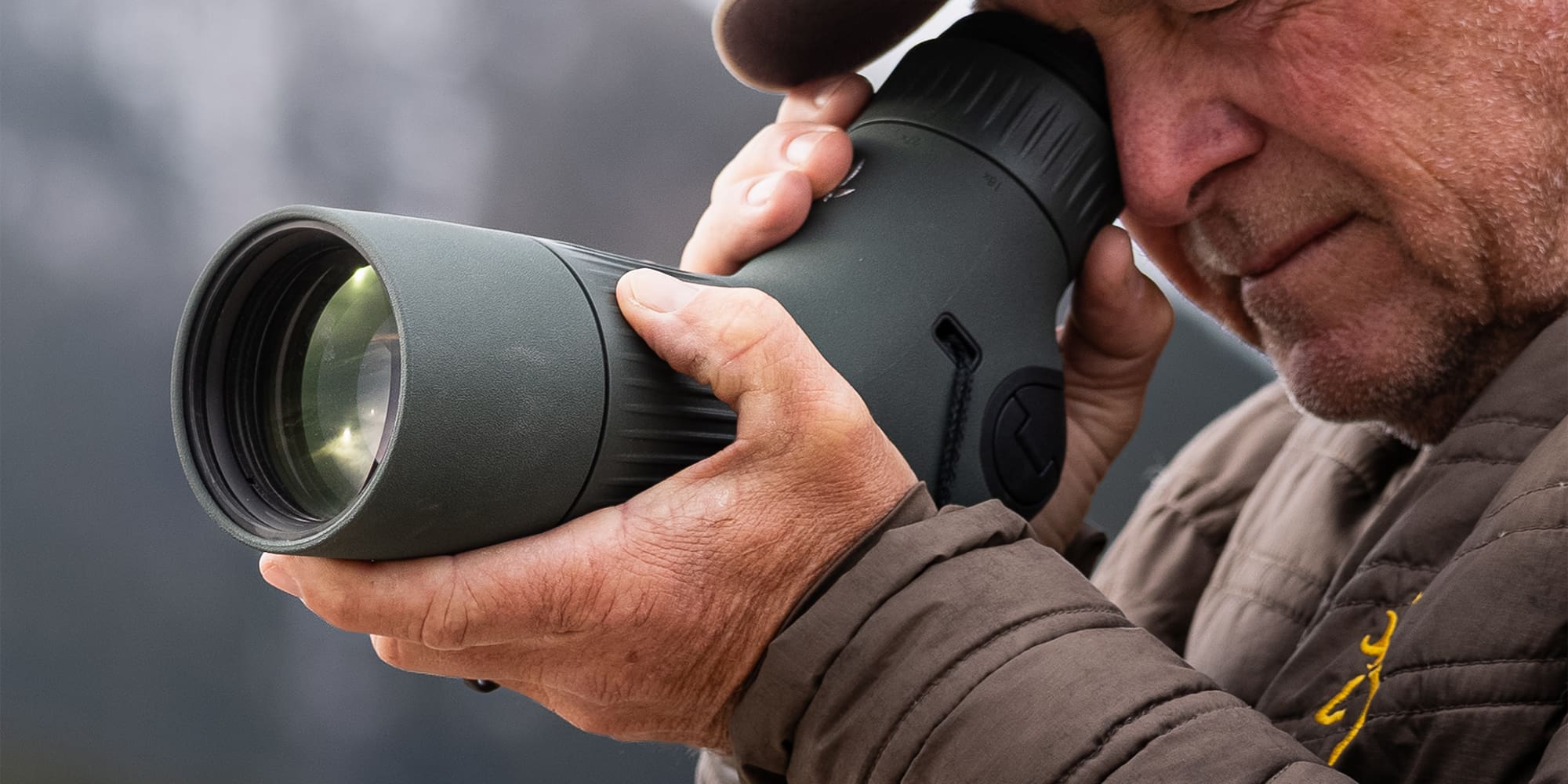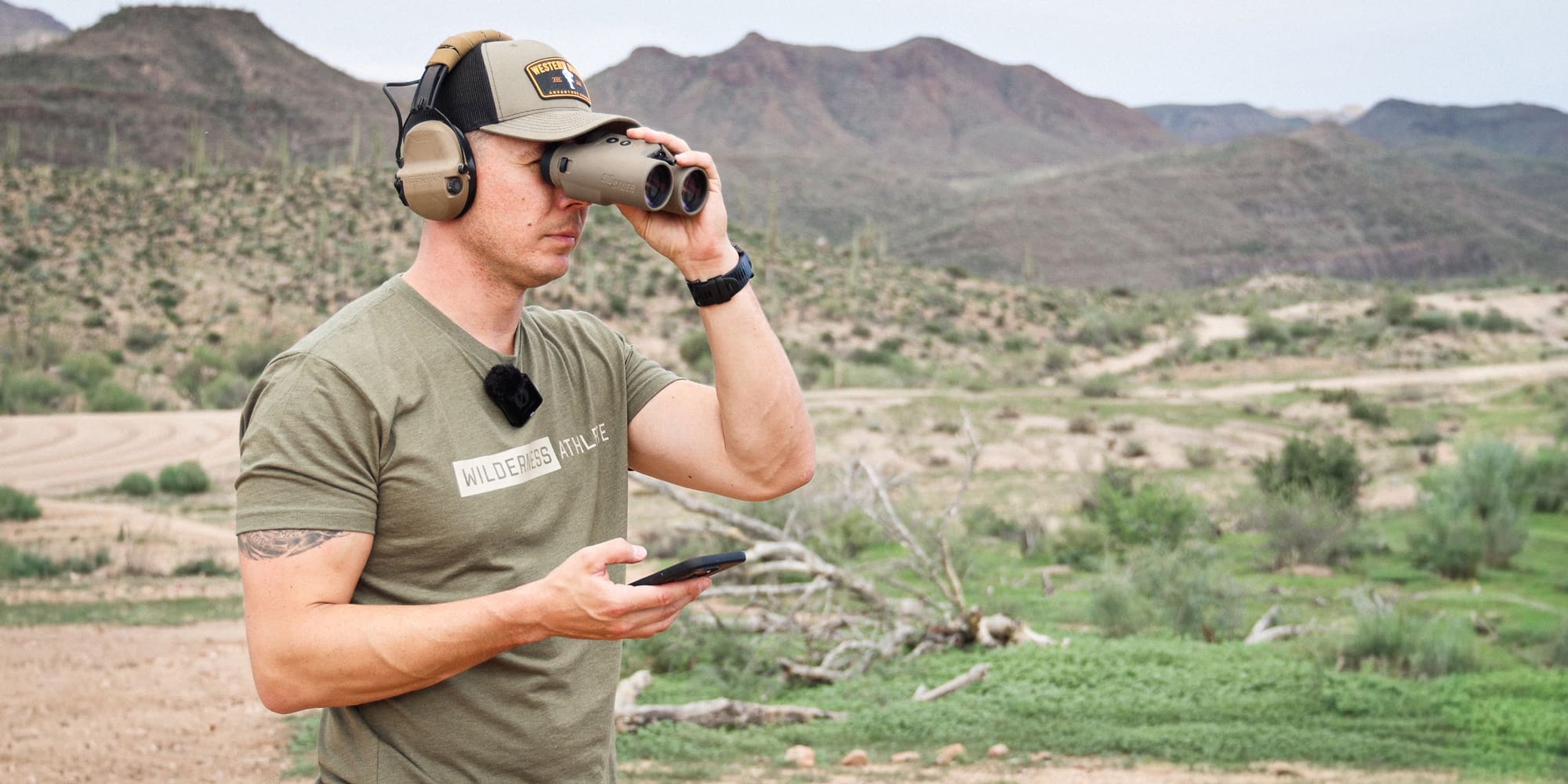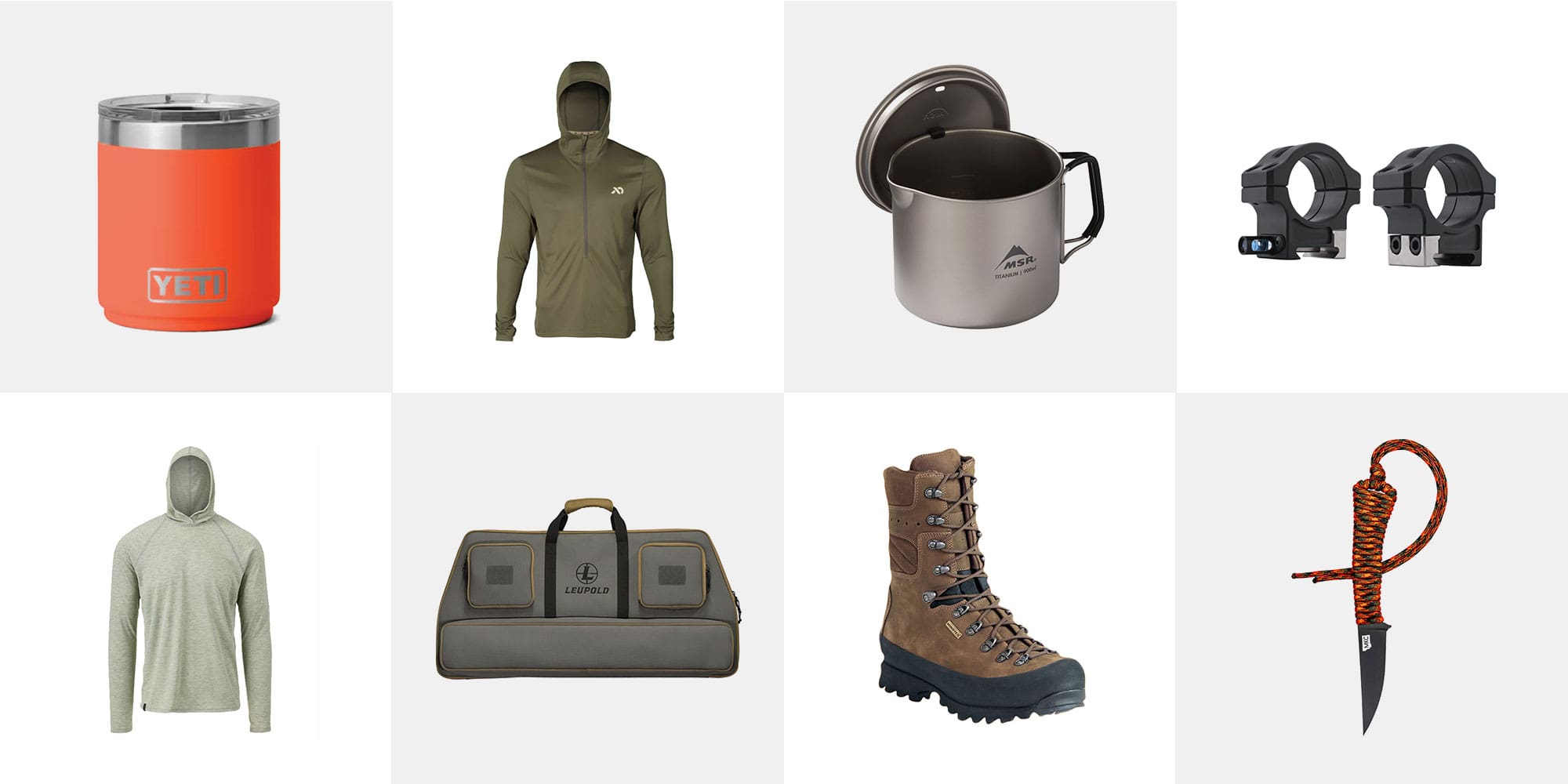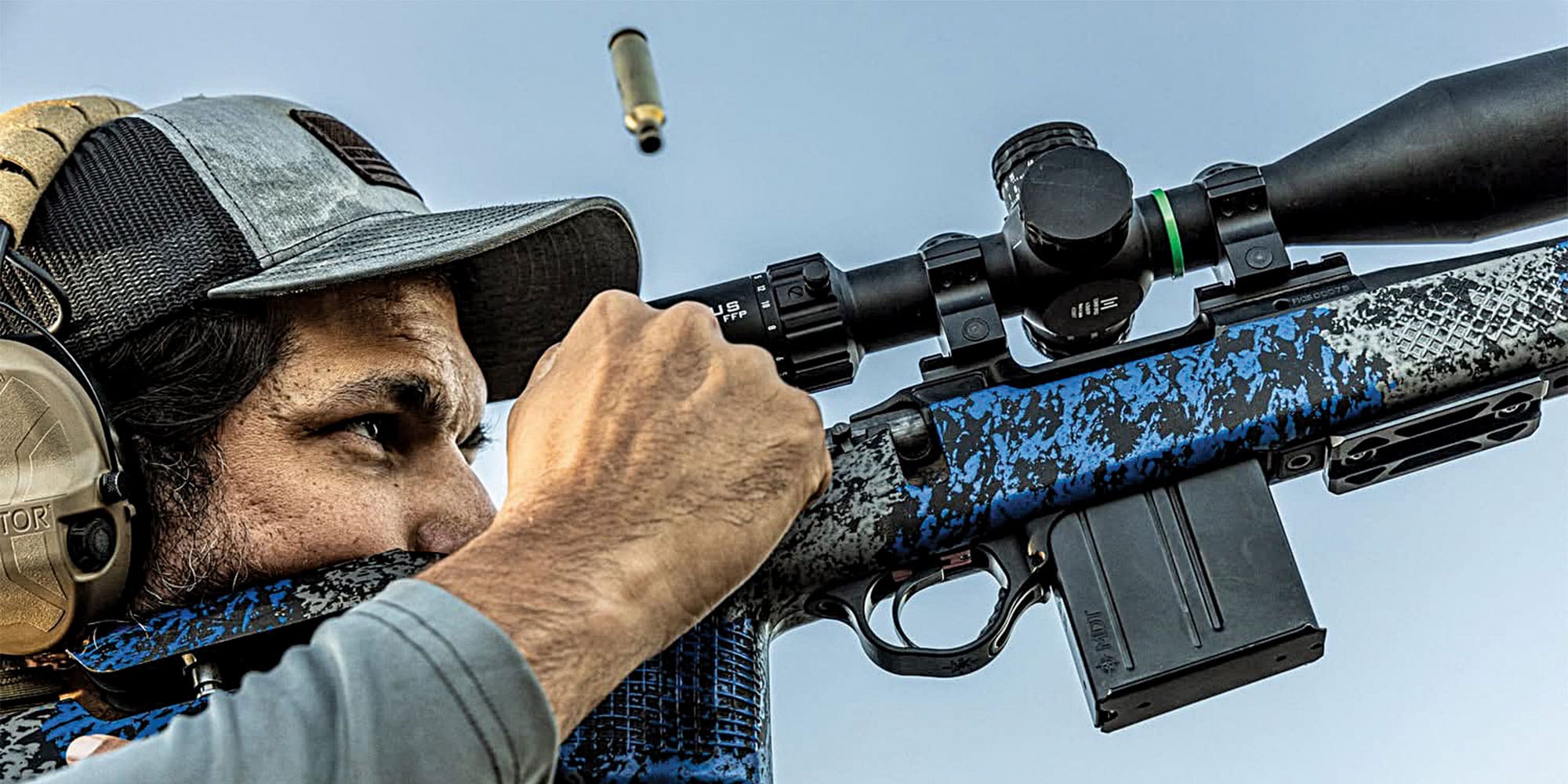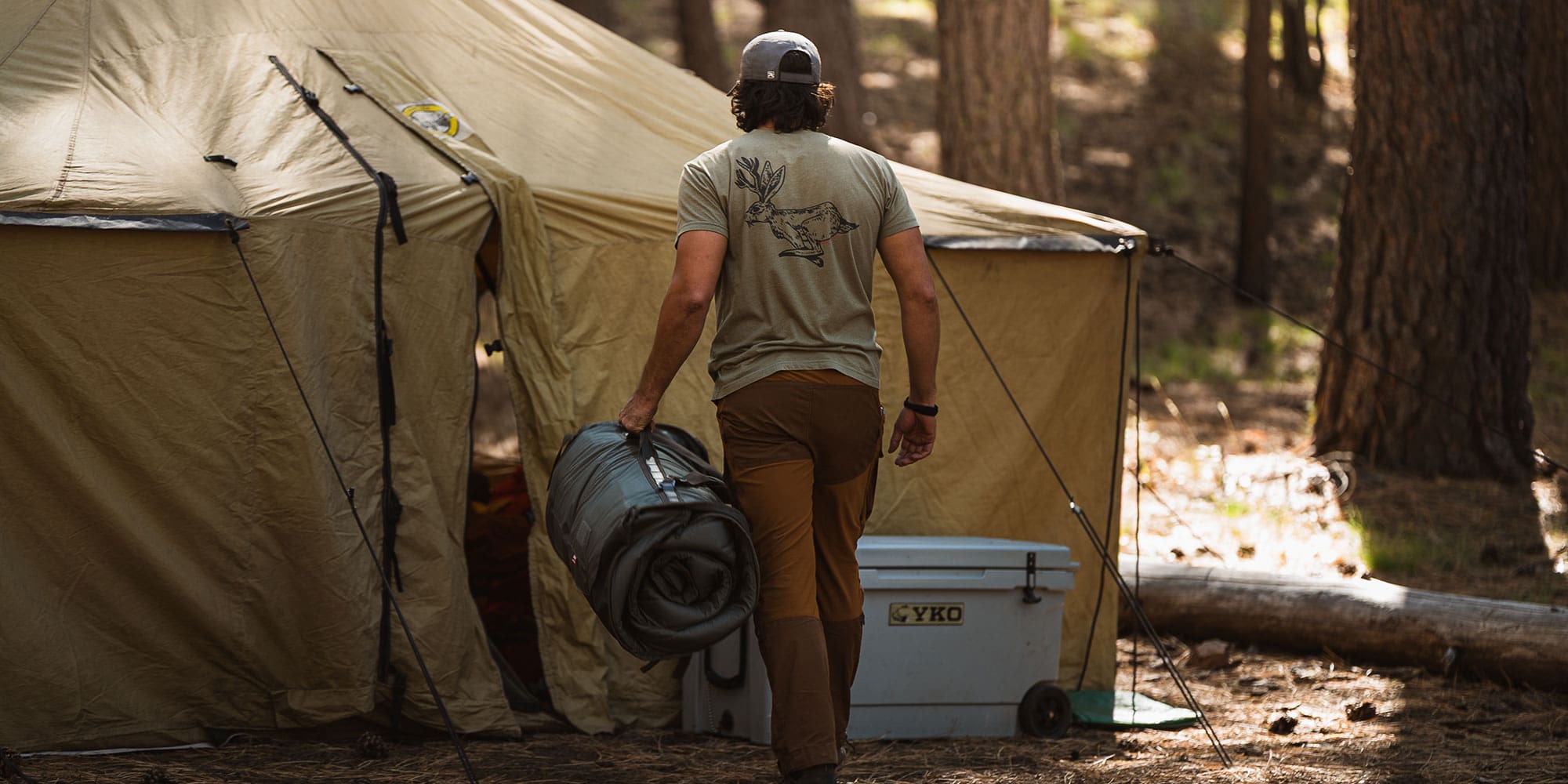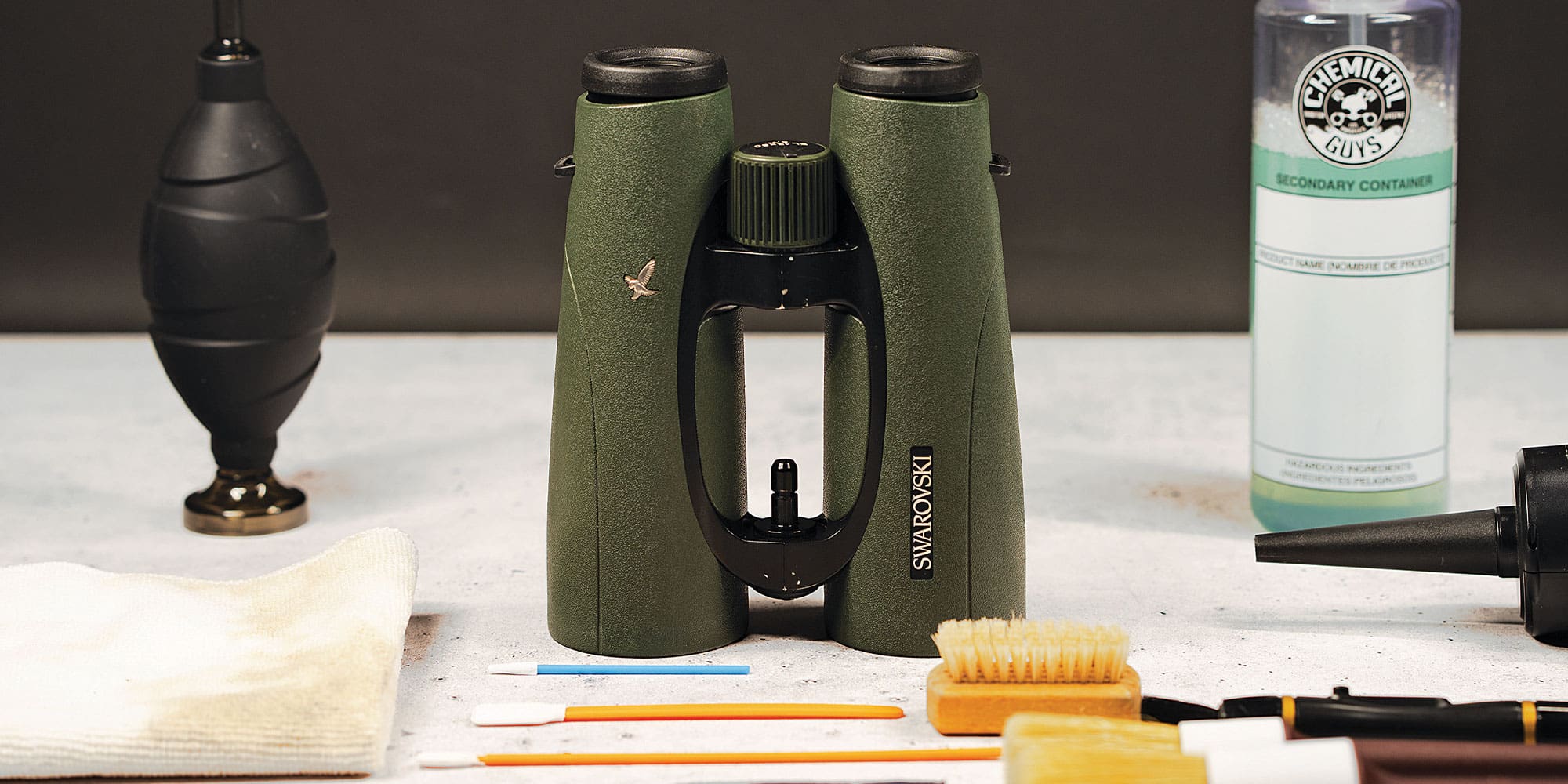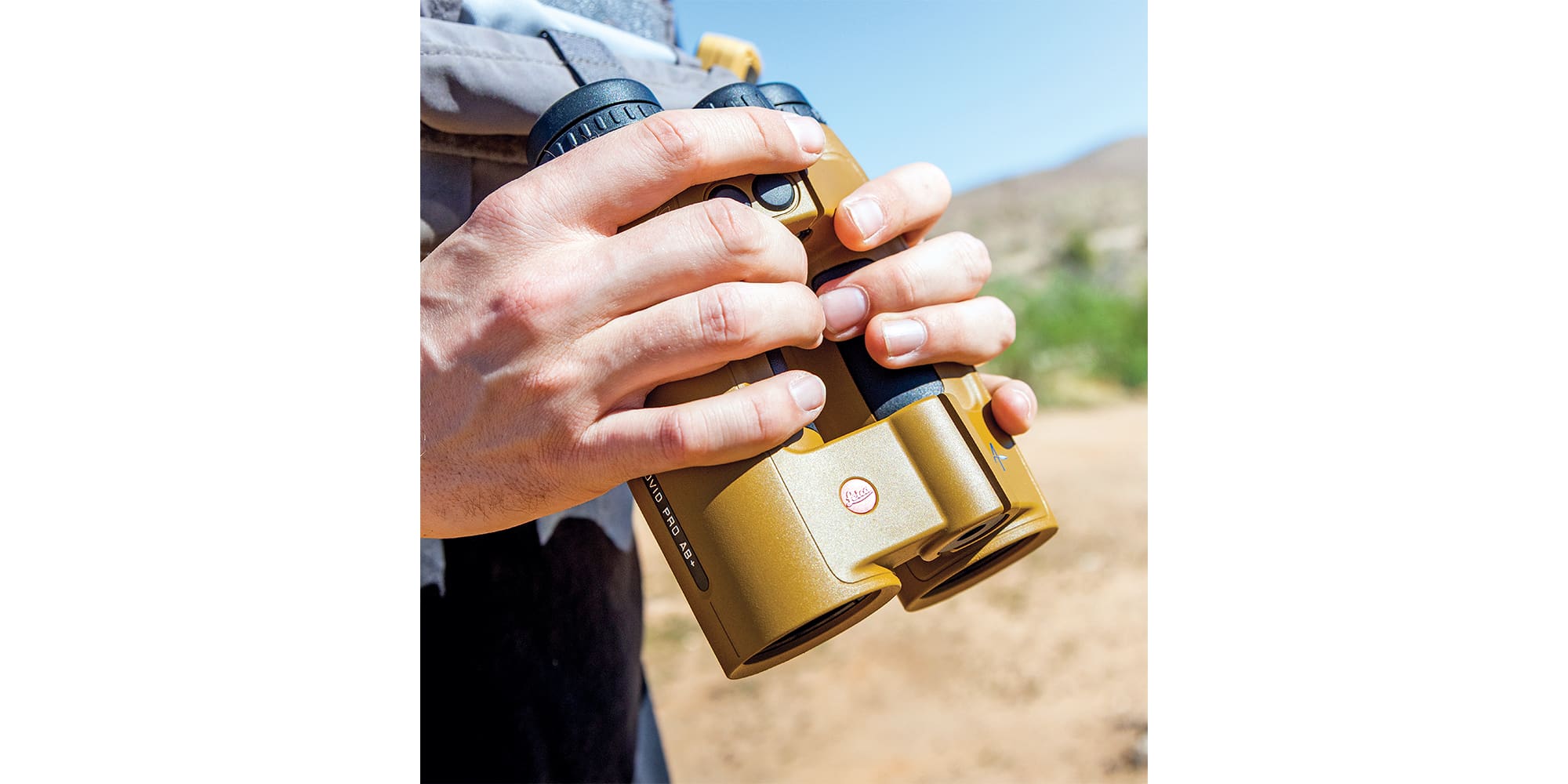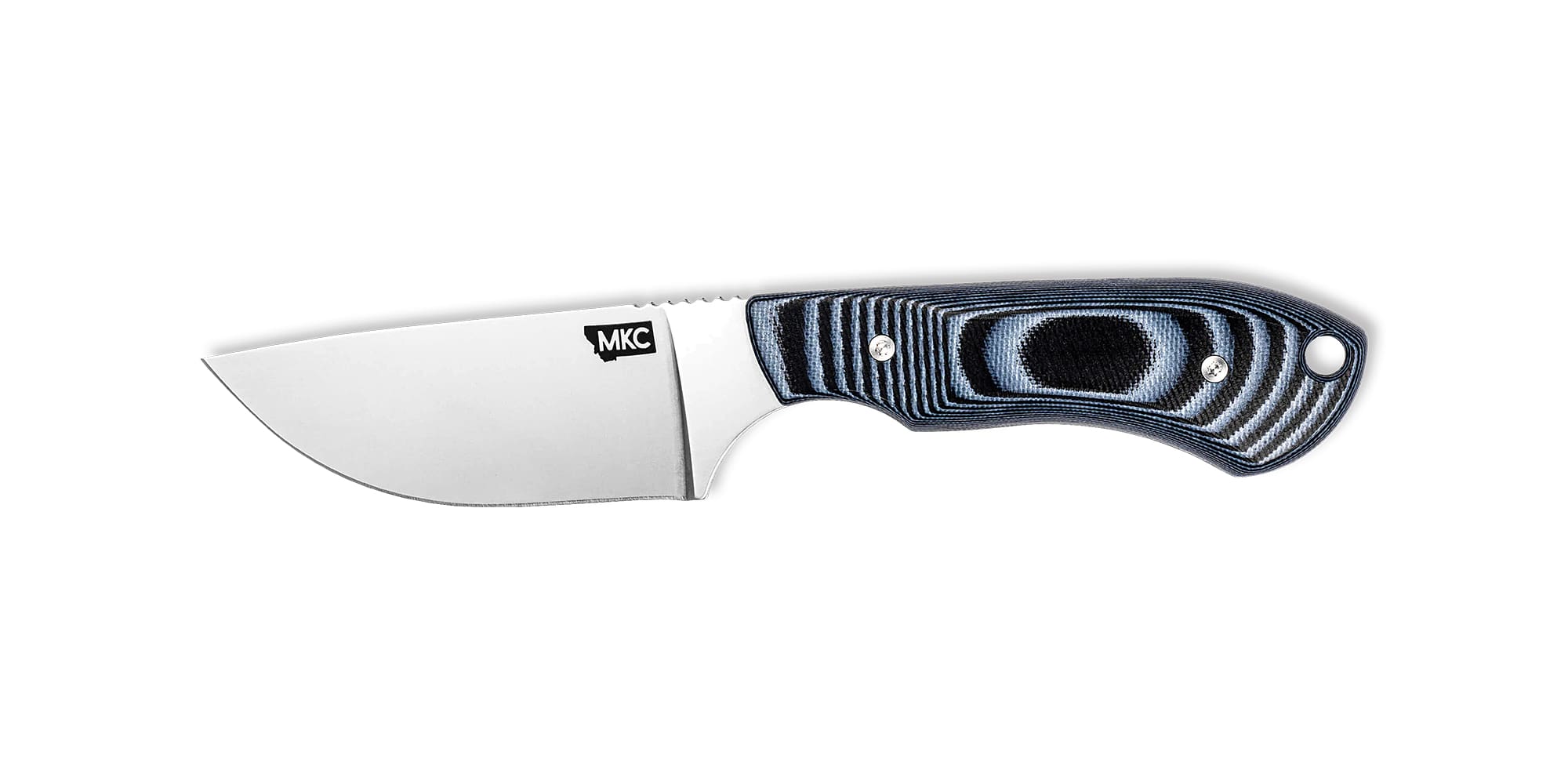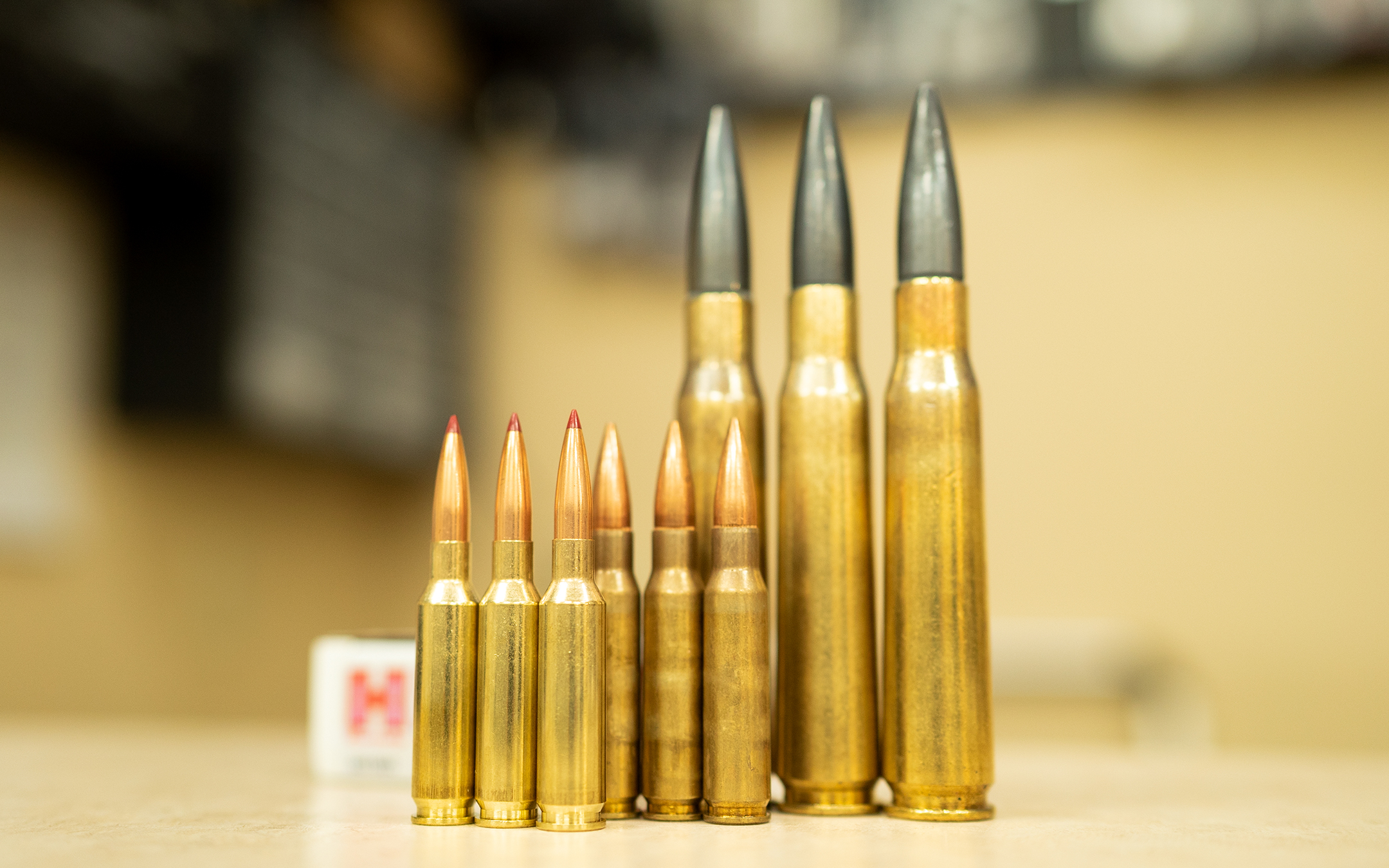
NOTICE: Certain links on this post may earn a commission for Western Hunter Magazine from Amazon or our other affiliate partners when you make a purchase. Thank you for your support.
How to Get The Most Out of Factory Ammo
Any serious precision shooter worth his salt will tell you hand-loading your own ammo is the best way to ensure consistent performance - and he’d be right. That said, hand loads require three things I often find in short supply: time, money, and patience. For those fortunate enough to have an abundance of those things, developing your own loads is extremely rewarding. For the rest of us, there are a few ways to get the most out of factory ammo.
Minimize Error
If you’ve been to a public shooting range, you’ve probably come across someone who’s having a bad day shout profanity and curse their equipment to no avail. Scopes, rifles, factory ammo, and everything between have been subjects of criticism for something that is far more likely an error on the shooter's behalf. I’d be lying if I said I wasn’t guilty of this myself at one point, but now that we’re all the wiser - we’d do best to avoid making the same mistake. Going out on a limb and assuming that no one is a flawless marksman – how do we marginalize human error at the range? The answer is to remove the human altogether, or at least as much as possible.
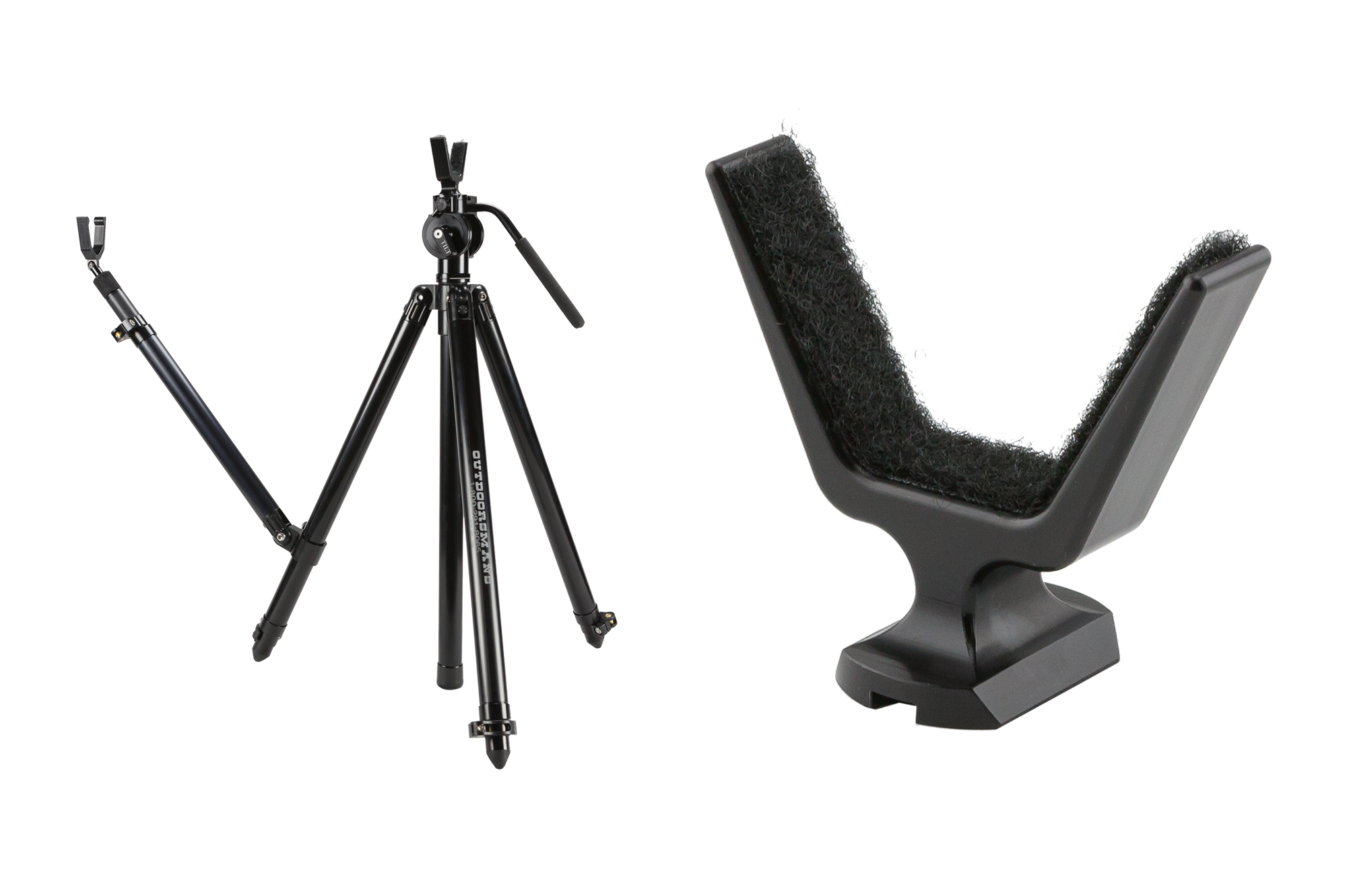
Rifle rests or bench rests act as a harness to hold your rifle in place, all but completely eliminating human error. Given that your rifle and scope have been assembled and mounted by a competent gunsmith, using a bench rest will get you as close to the perfect shot as you can get. This is arguably the best control to implement when measuring the accuracy and consistency of a cartridge.
Spending upwards of nearly $4,000 on the Ransom Master Series Mega 2 Rifle Testing Rest to eliminate 99.999% of error may be an option for some, but using a tripod is a much more cost-effective method of controlling for shooter error and a close second to the Ransom Rest. If you’re like me and already happen to own an Outdoorsmans tripod, then the Long Range Rear Rifle Support is a no-brainer; it is very simple to add to your tripod and a great way to stabilize your rifle. The TriClawps Solo is another great option for adding some stability to your rifle using your tripod. Where budget is the biggest priority, use a shooting bag in conjunction with a bipod or a combination of front and rear bags like the Caldwell Deadshot Bag Combo. At around $22, it is the most budget-friendly option that will still aid in marginalizing human error.
Some level of marksmanship will always be required, but using a support system will yield truer results when comparing factory loads for accuracy. There's no need for shooting long distances in this kind of test either; a string of 3-5 shots at just 50 yards will give you a solid starting point. After you've confirmed a tight group at 50, another string of 3-5 shots at 100 yards will give you a good idea of what that particular cartridge is capable of in your rifle. Anything under a 1" group at 100 yards is generally considered acceptable, but tighter groups are always better. With a little added up-front cost, going to the range with a few different factory loads is the best way to learn which cartridge works best in your rifle – a worthwhile investment if you do any amount of shooting.
Bullet Magnet
To really get the most out of each shot, setting up a chronograph before you begin to fire will give muzzle velocity readings for each shot that are specific to your rifle. Most factory ammo has muzzle velocity data of their various cartridges printed on their respective boxes, which is great information if that’s all you’ve got. If a chronograph is in the budget (or you have a friend who owns one), however, getting your own velocities always beats generic figures from the manufacturer for a number of reasons.
While ballistic data from factory ammo can be found on almost any box of cartridges, these numbers may not reflect what the cartridge is capable of in your rifle. Manufacturers calculate averages derived from data that are collected under a given set of factors such as barrel length, barrel profile, and twist-rates. Let’s use the .308 Winchester for example. The Browning BXR 155 grain cartridge boasts a muzzle velocity of 2820 fps. That’s pretty darn fast! But, what if my hunting rifle has a bull profiled 16” barrel with a 1:10 twist-rate, a suppressor, and I’m hunting at 8,000 feet of elevation? You can bet the muzzle velocity coming out of my rifle will be quite different from the manufacturer's data.
Gunpowders vary greatly in burn rates which can be affected by altitude. A change in burn rate will, in turn, influence muzzle velocity. Some powders are less impacted by this than others, but this is why getting out to the range (and better yet, getting as close to the altitude you’ll be hunting at as possible) with a chronograph can be extremely useful. Barrel length will also impact the efficiency of your powder burn. From the example 16" barrel and .308 cartridge, there will likely be some unburnt powder leaving the barrel which will result in less velocity than I might expect from a longer barrel.
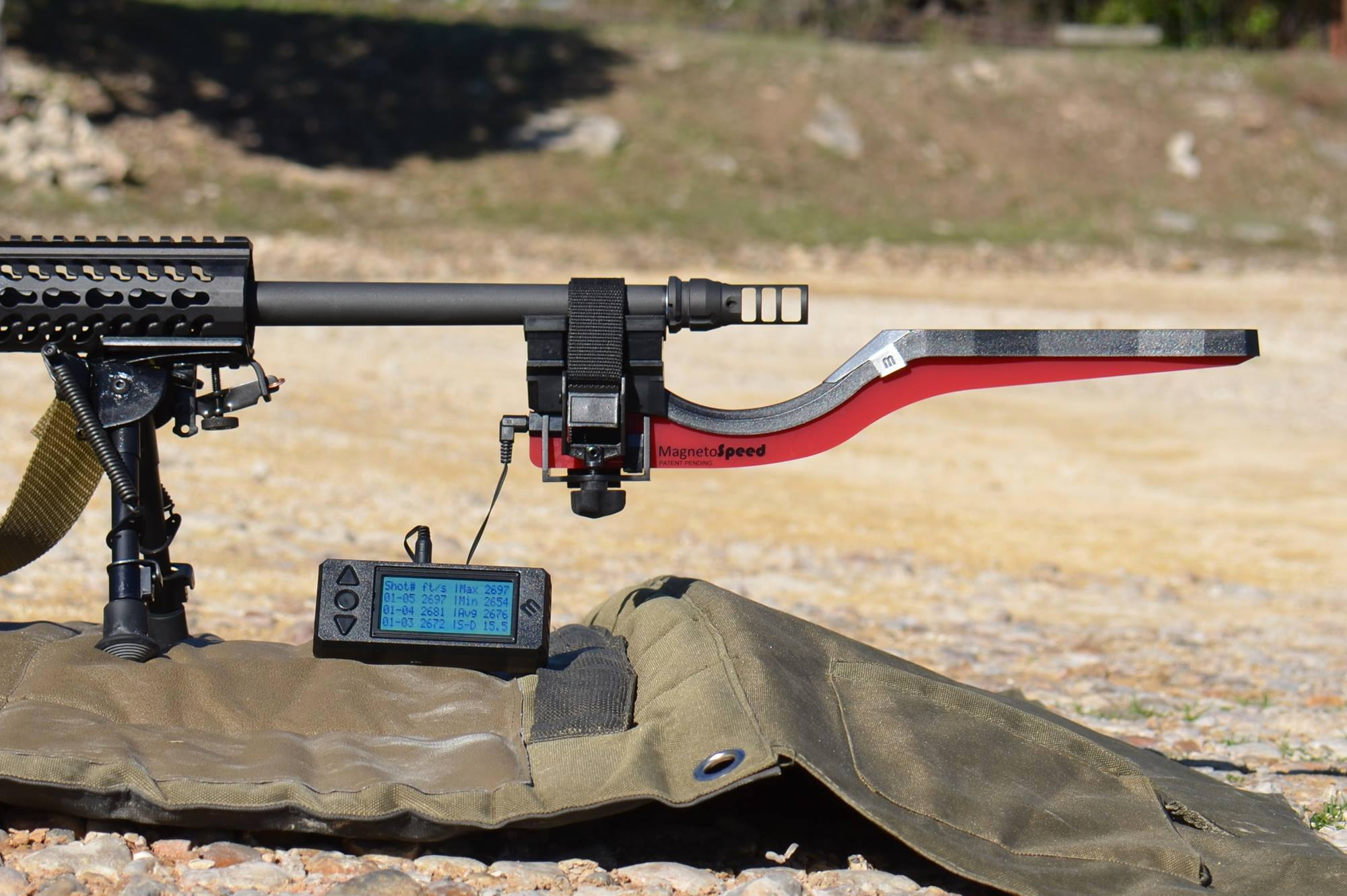
There are several different chronographs on the market, but the Magnetospeed is fast becoming the gold standard. Using electromagnets to measure the velocity of a bullet means light conditions are no longer a concern for your chronograph – and that’s exactly what Magnetospeed does. Using a simple strap or a variety of other mounting interfaces, setup is an absolute breeze. Once the Chrono is set up, a total of 5-10 shots should offer enough data to establish a good velocity average and standard deviation. Leaving the bolt open for a couple of minutes between each shot will allow time for the barrel to cool and return to "cold bore" temperatures for more consistent shooting conditions.
Sum of its Parts
With all the measurements gathered, all we need to do is plug them into a calculator and create a chart. There is a multitude of smartphone-compatible ballistics calculators on the market ranging widely in price, but some companies like Hornady and Federal offer free calculators on their websites. Environmental factors play a role in these calculations, so annotating temperature, humidity, elevation, wind speed, and atmospheric pressure at the time of firing will yield more accurate results.
Another thing to pay close attention to is the ballistic coefficient (BC). There are 7 common ways of measuring BC, but all we need to focus on is transcribing the correct one to the calculator. The measurements most commonly used are G1 for traditional projectiles and G7 for boat tail projectiles. Most factory ammo uses boat-tailed projectiles, so G7 tends to be the more applicable measurement. Typically, manufacturer websites list the BC values for their projectiles – but the important thing is ensuring a G1 value is not mistakenly input into a G7 field in the calculator. For more information on BC values, Kestrel and Berger have great run-downs of the different types of measurements.
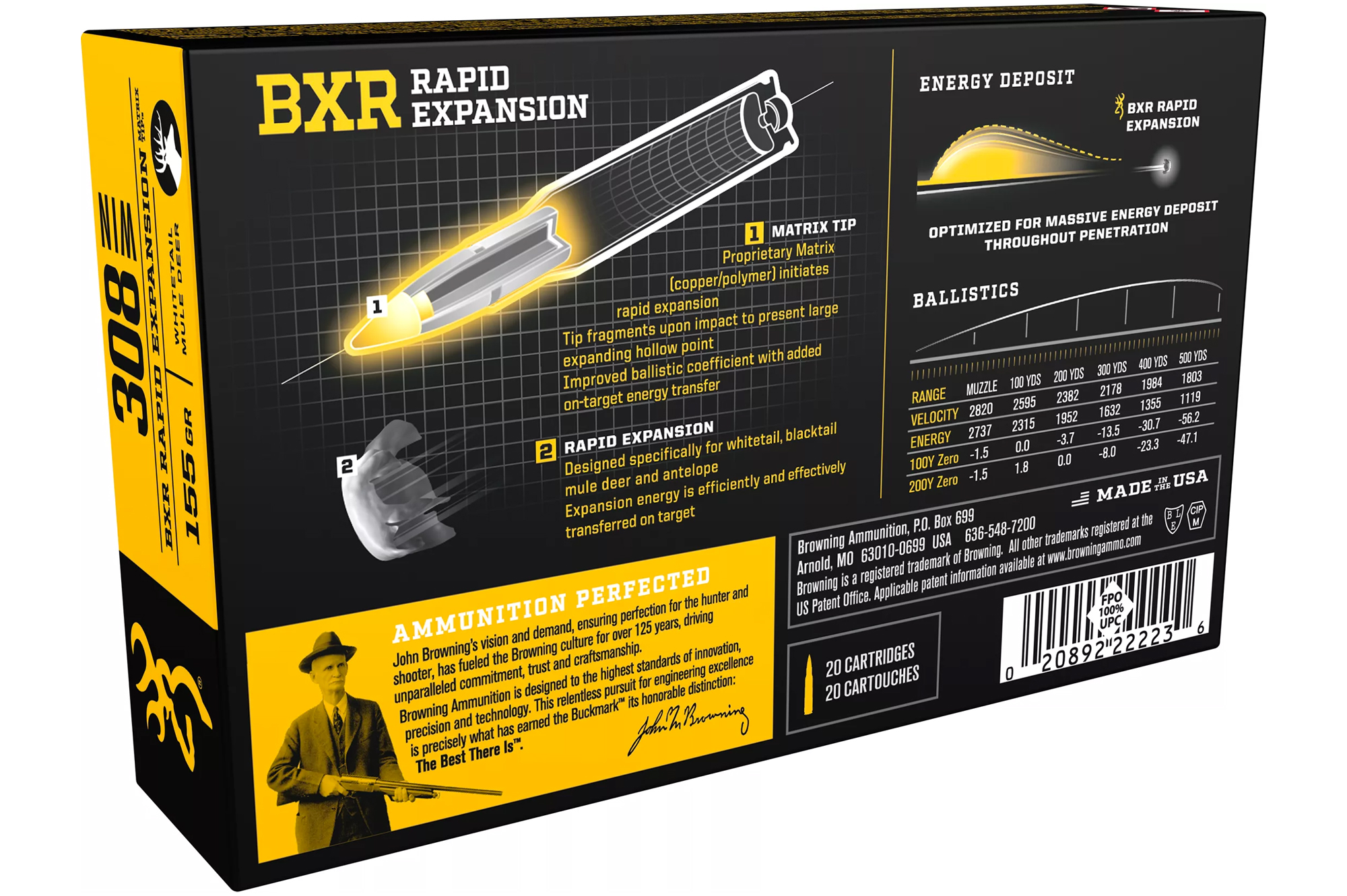
Barring any mistakes throughout this process, you should now have a chart of reliable data that’s specific to your rifle. It’s a good idea to keep this chart stored in a stock cuff with a few extra rounds or somewhere it can quickly be referenced, bearing in mind that we all have our limitations and – while the chart may have data for ranges beyond 1000 yards – an ethical shot is dictated by the shooter’s proficiency at a given distance, not the biggest number on the range card.
As a final note, we need to remember we can often rely on our hunting and shooting community for more than we think. There’s a good chance that someone in your community has a bench rest or chronograph they’d happily lend to a fellow hunting or shooting enthusiast; you don’t always have to run out and spend a ton of money to get what you need.


